In a partnership with Adelaide’s MOD., Chamber Music Adelaide’s 2025 Commissioning Program is inspired by and will premiere during the museum’s Forever exhibition, centred on speculative futures and experiences of time. This year’s selected composers are David Kotlowy and Amelia Rooney, who both talk to Limelight about their new works.
Sometimes
“In his essay for the Forever exhibition, Michael Radke observes that time is a cultural construct,” composer David Kotlowy explains.
“We say that music exists in a temporal frame, that it moves from one moment to another in time – our perception of musical movement is manipulated through harmony, tempo, rhythm and expression; by the play of memory and anticipation; and the particularity of the present moment.”

David Kotlowy performing on a microtonal guitar. Photo supplied
With more than 80 original works under his belt and a fascination with cross-cultural collaboration, Kotlowy’s Commissioning Program work, sometimes, for Baroque string trio and guzheng, is an investigation of time – not as a fixed unit of measurement but as something more fluid and personal.
“Time’s efficacy is determined by our cultural and personal experiences as well as our daily emotional well-being; sometimes is...
Continue reading
Get unlimited digital access from $4 per month
Already a subscriber?
Log in


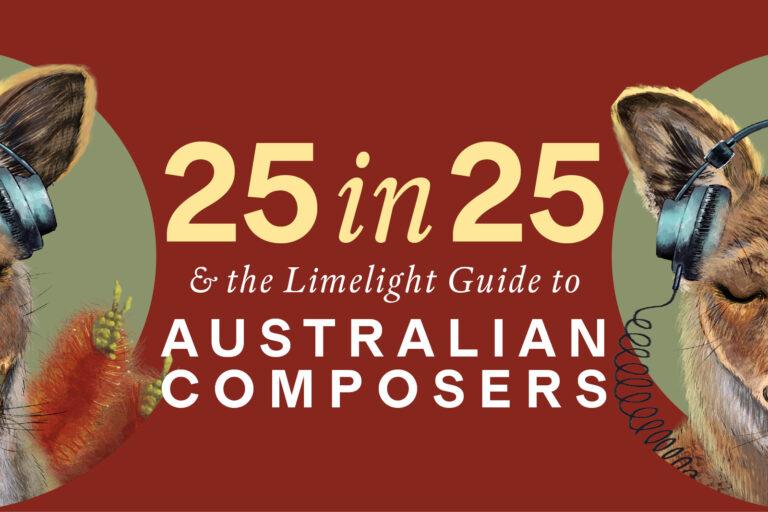

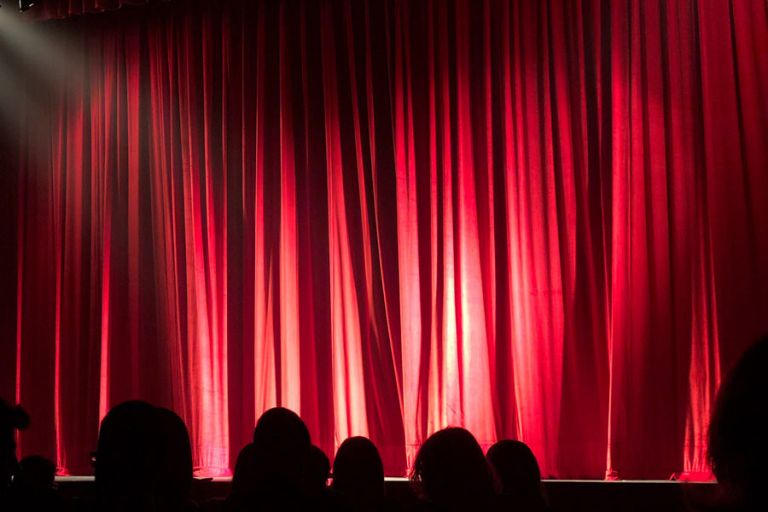
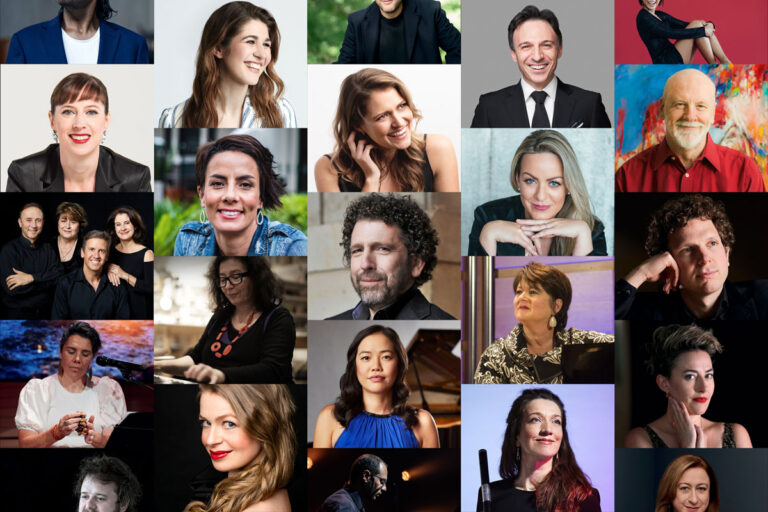
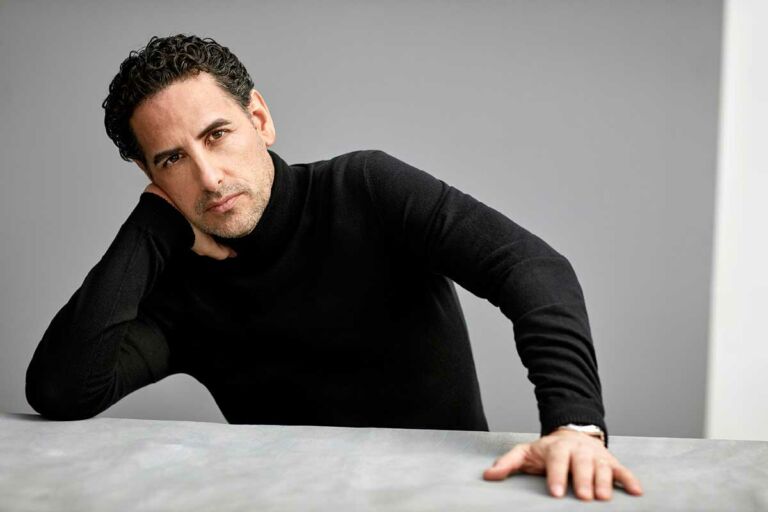

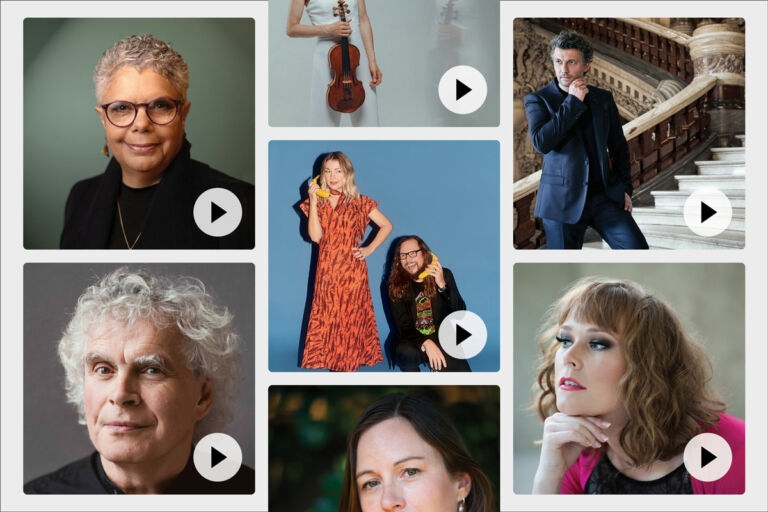

Comments
Log in to start the conversation.